Explore the Best AI Image Gallery
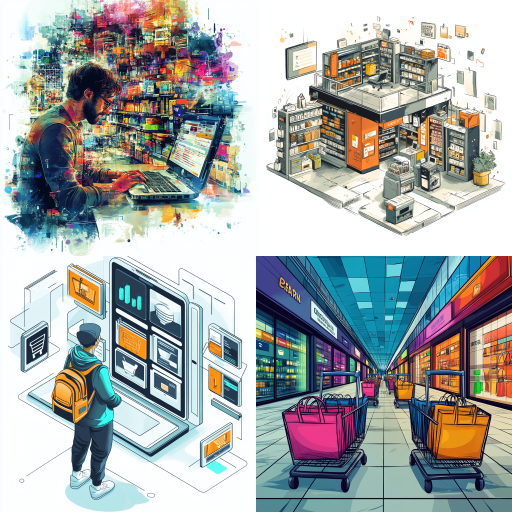
From Pixels to Art: The Emergence and Impact of AI-Generated Images
In the midst of the digital revolution, Artificial Intelligence (AI) has become a driving force behind an entirely new style of artistry - AI-generated images. This revolutionary form of creative expression explores the interplay between human creativity and machine learning capabilities.
AI and the Creative Industry
The AI’s behind these generated images are a complex blend of data analysis and predictive algorithms, which are capable of not just replicating but also controlling and refining artistic style. These AI algorithms learn from vast datasets of artwork and then produce unique images which mirror the facets of what they’ve analyzed.
From a business perspective, AI-generated images are extremely valuable. With the ability to generate a unique piece of content at great speed, the creative industry faces the challenge of adapting to this new autonomy.
Potential Uses
- Advertising: Companies can use AI-generated images to create personalized advertising campaigns. AI algorithms can produce targeted imagery based on consumer data.
- Film and Games: AI-generated images are set to revolutionize the visuals in gaming and film, where developers can create new worlds in greater detail and at a faster speed.
- Design Industry: By using the AI-generated visuals, designers can create more innovative designs without having to draw every single detail.
Ethical Considerations
Despite the promising future, there are some ethical concerns to consider. The role of the artist could be minimized, triggering debates about authorship and originality. Moreover, as AI algorithms learn from existing datasets of art, there are questions about whether their creations might unintentionally replicate copyrighted or culturally sensitive images, raising legal concerns.
Future Trends
AI will continue its exploration into the realms of art and creativity. We can expect more experiments with virtual reality, where AI-generated images could craft completely immersive, ever-evolving virtual landscapes. Moreover, we could see more collaborations between human artists and AI, further challenging and expanding our definitions and perceptions of art.
As the dynamic field of AI-generated images continues to evolve, the line between human-made and machine-generated art may continually be redefined, crafting a new normal in the world of creativity.
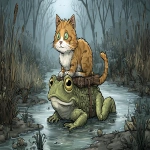
](https://images.ai-img.art/thumbnails/150/7ac30bb29a71534dde2549550d111d68d212339ef5939bbc6421d43fbe18b7cc.webp)
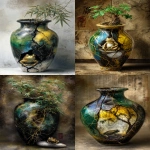

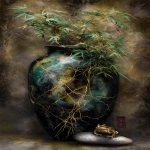
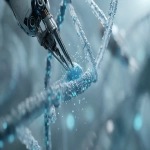
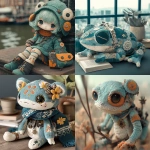
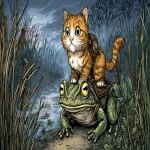
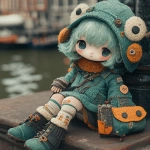
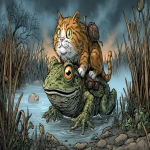
](https://images.ai-img.art/thumbnails/150/5534fcabd6a338189ee643bf11992f41dce6e9f9cc94f9fae2c1588de2caf279.webp)
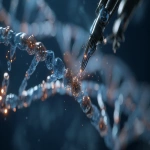
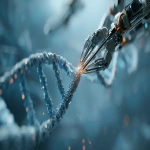
](https://images.ai-img.art/thumbnails/150/b7cc0dd809b65739d255c06479213f743a9307bd145857b60d413cca2c655571.webp)
](https://images.ai-img.art/thumbnails/150/5cfefdff8162370b2a8c45517b96e89f0c97d76fe3daaf56934bff98bf63ce40.webp)